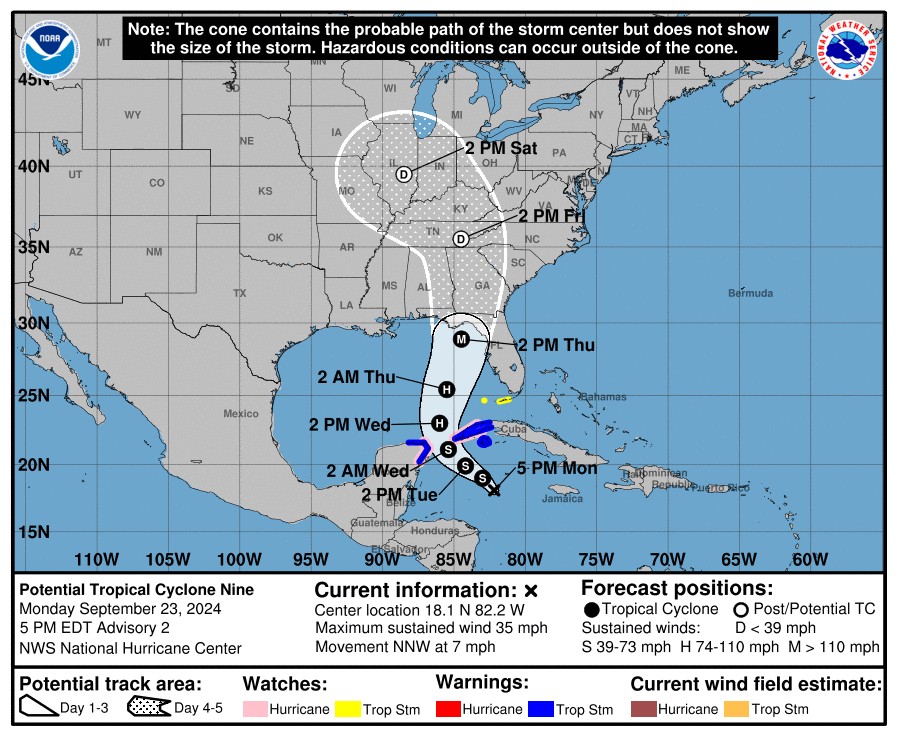Navigating the complexities of a home insurance policy can be daunting, especially when trying to understand the various terms and conditions that determine your coverage. Being well-informed about your insurance policy is crucial to ensure you are adequately protected and prepared in the event of a claim. This guide will help you decipher key terms and conditions in your home insurance policy, ensuring you know exactly what is covered and what to expect.
1. Coverage Types
-
- Dwelling Coverage: This is the portion of your policy that covers the physical structure of your home, including walls, roof, and built-in appliances. For example, when a tree fell on Susan’s house, causing significant roof damage, her dwelling coverage helped pay for the repairs.
-
- Personal Property Coverage: This covers your personal belongings, such as furniture, electronics, and clothing. Imagine John, who lost all his electronics and furniture in a house fire. His personal property coverage compensated him for these items, allowing him to replace them.
-
- Liability Coverage: This protects you in case someone is injured on your property and decides to sue. For instance, when Mark’s guest slipped on an icy driveway and broke their arm, liability coverage paid for the medical bills and legal fees.
- Additional Living Expenses (ALE): If your home is uninhabitable due to a covered event, ALE covers the cost of temporary housing and other living expenses. After a severe storm, Emily’s home was deemed unsafe, and ALE covered her hotel bills and extra living costs while repairs were made.
2. Perils Covered
-
- Named Perils: These are specific risks that your insurance policy covers, such as fire, theft, and vandalism. If a peril isn’t listed, it’s not covered. For example, David’s policy listed fire as a named peril, which helped him rebuild after a kitchen fire.
- All-Risk (Open Perils): This type of policy covers all risks except those explicitly excluded. It’s generally more comprehensive than a named perils policy. Sarah’s all-risk policy covered unexpected water damage from a burst pipe that wasn’t explicitly excluded.
3. Exclusions and Limitations
-
- Common Exclusions: Typical exclusions include flood damage, earthquake damage, and wear and tear. For excluded perils, consider purchasing additional coverage, such as flood insurance. Jessica learned this the hard way when her basement flooded, and her standard policy didn’t cover the damage.
- Limitations: Certain items, like jewelry, electronics, and fine art, may have coverage limits. You might need additional endorsements or riders to fully cover these high-value items. When Michael’s rare art collection was stolen, he was thankful he had purchased an additional rider to cover their full value.
4. Deductibles
-
- Standard Deductible: This is the amount you pay out-of-pocket before your insurance kicks in. Higher deductibles can lower your premium, but ensure you can afford the deductible in the event of a claim. For example, Lisa had a $1,000 deductible, which she had to pay before her insurer covered the rest of the repair costs after a storm.
- Special Deductibles: In certain cases, there may be separate deductibles for specific types of damage, such as windstorm or hail. These are often a percentage of your home’s insured value rather than a fixed dollar amount. Tom found this out when his insurer applied a special deductible for hurricane damage, based on a percentage of his home’s value.
5. Policy Endorsements
-
- Riders/Endorsements: These are additional coverages you can add to your policy to cover specific items or perils not included in your standard policy. Examples include coverage for sewer backups or expensive personal items. After a sewer backup caused extensive damage, Emma’s sewer backup endorsement covered the repair costs.
- Inflation Guard Endorsement: This adjusts your policy limits to keep up with inflation, ensuring your coverage remains adequate over time. When the cost of construction materials rose, Henry’s inflation guard endorsement increased his coverage limits to match the higher prices.
6. Claims Process
-
- Filing a Claim: Understand the steps required to file a claim, including documentation needed and timelines. Prompt reporting and thorough documentation can expedite the process. After a windstorm damaged Maria’s roof, she quickly documented the damage with photos and filed a claim, speeding up the repair process.
- Adjuster Assessment: An insurance adjuster will evaluate the damage and determine the payout. Knowing what to expect during this assessment can help you prepare and advocate for a fair settlement. When Paul’s basement flooded, the adjuster assessed the damage, and Paul’s detailed records helped ensure he received a fair payout.
7. Renewal and Review
-
- Annual Review: Regularly review your policy, especially after significant life events like home renovations or acquiring valuable items. This ensures your coverage remains up-to-date and adequate. After renovating her kitchen, Laura reviewed her policy and increased her coverage to reflect the new upgrades.
- Policy Renewal: Pay attention to your renewal notices and any changes in terms or premiums. Shop around if you feel your current policy no longer meets your needs. When Mark noticed his premiums had increased significantly, he shopped around and found a policy that offered better coverage at a lower cost.
How Garrett Claims Group Can Help
At Garrett Claims Group, we understand the intricacies of home insurance policies and the challenges homeowners face when filing a claim. Our experienced public adjusters are here to assist you every step of the way, from reviewing your policy to ensuring you receive the maximum payout for your claim. Here’s how we can help:
-
- Policy Review: We’ll help you understand your policy’s terms and conditions, identifying any gaps in coverage and recommending necessary endorsements or additional coverages. For example, we assisted a client who realized they were underinsured for their high-value electronics, and we helped them add the necessary endorsements.
-
- Claims Assistance: From documenting damage to negotiating with insurance companies, we handle the entire claims process to ensure a smooth and fair settlement. After a devastating fire, we helped a family document their losses and negotiate a fair settlement, ensuring they could rebuild their lives without financial strain.
-
- Expert Advocacy: Our team works exclusively for you, not the insurance company, providing expert advocacy to protect your interests and maximize your claim payout. When a client faced pushback from their insurer on a legitimate claim, we stepped in and successfully negotiated a higher payout on their behalf.
-
- Ongoing Support: We offer ongoing support and advice, helping you navigate any changes to your policy and ensuring you remain adequately covered as your needs evolve. We regularly assist clients with policy reviews and updates, ensuring they are always prepared for any unexpected events.
Understanding your home insurance policy is essential for protecting your home and belongings. With Garrett Claims Group by your side, you can rest assured that you have the expertise and support needed to navigate the complexities of insurance and claims with confidence.

